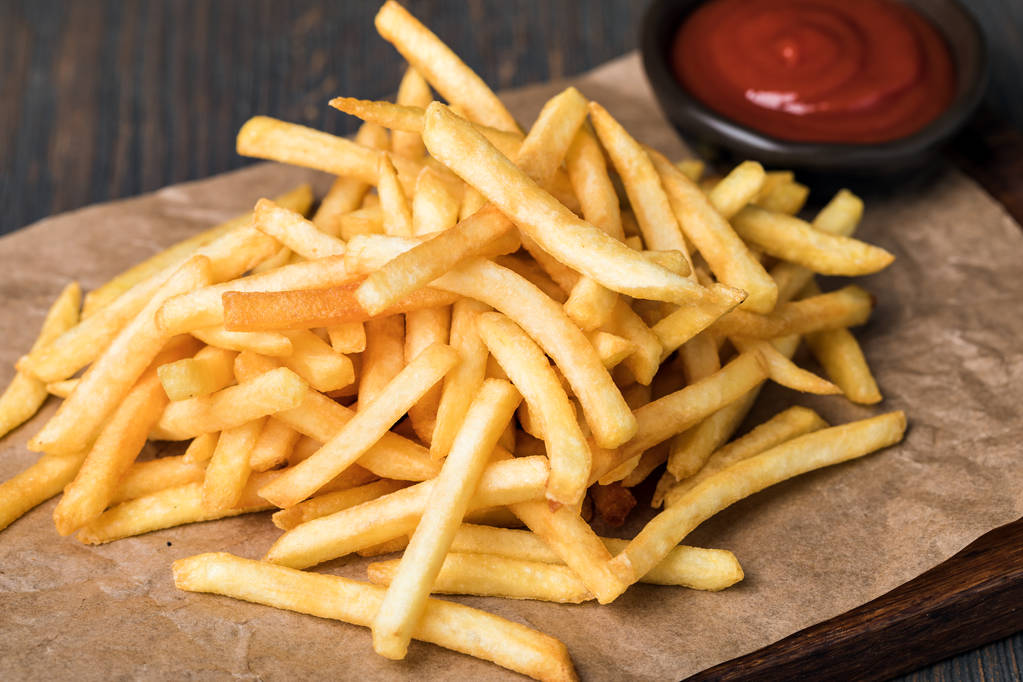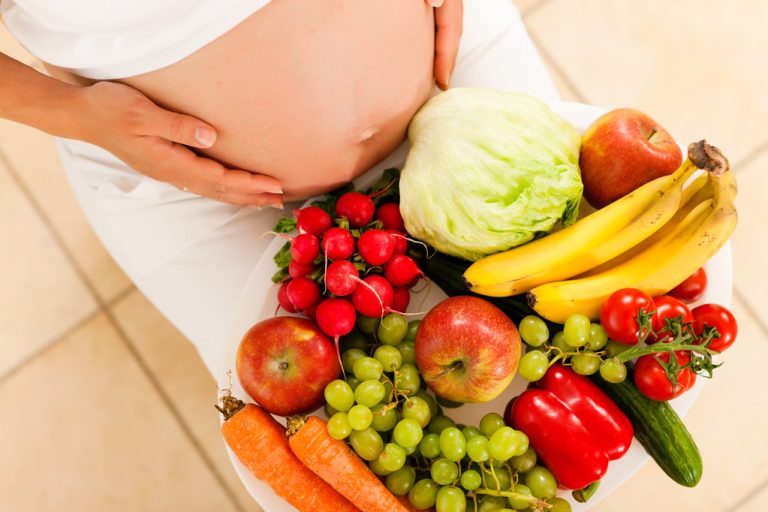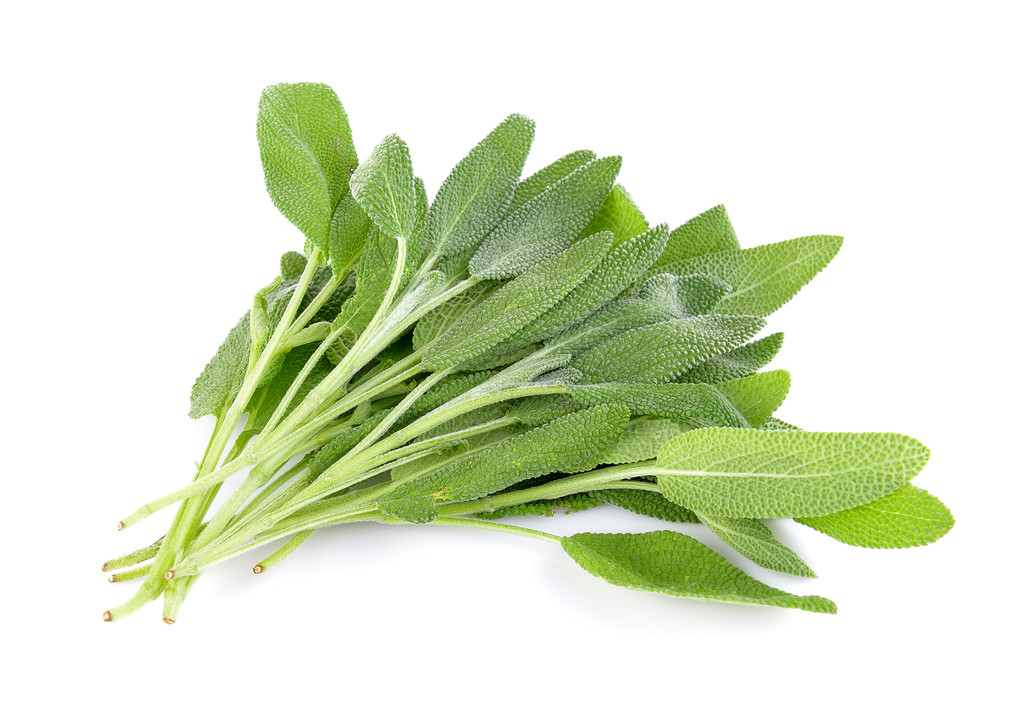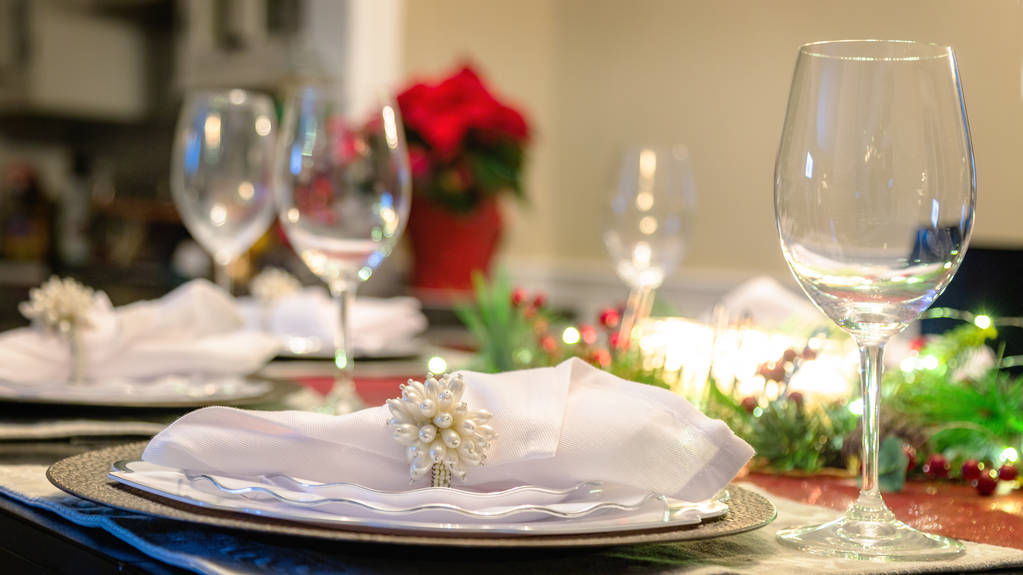During the lunch break, many people grab fast food – after all, there is often not much time to eat. However, there are 5 dishes that you should better avoid.
Fast food during the lunch break: because it has to be fast
Although such a lunch “to go” is anything but relaxed, it saves time and is usually delicious. The choice of the right lunch should not be underestimated. Most people leave much more time for breakfast and rethink their eating habits more often. But at midday work is pressing and people only eat because of hunger. Lunch is the prerequisite for an energetic and successful second half of the day.
In the long run, the unhealthy lunch breaks can become a habit and have some nasty side effects. Fast and stress eaters are more likely to develop metabolic syndrome. These include obesity, dyslipidemia, high blood pressure and insulin resistance. In the short term, symptoms such as bloating or heartburn can be expected.
In order to prevent the mentioned possible side effects of permanently unhealthy lunches, you should avoid the following dishes in the future:
#1Pizza
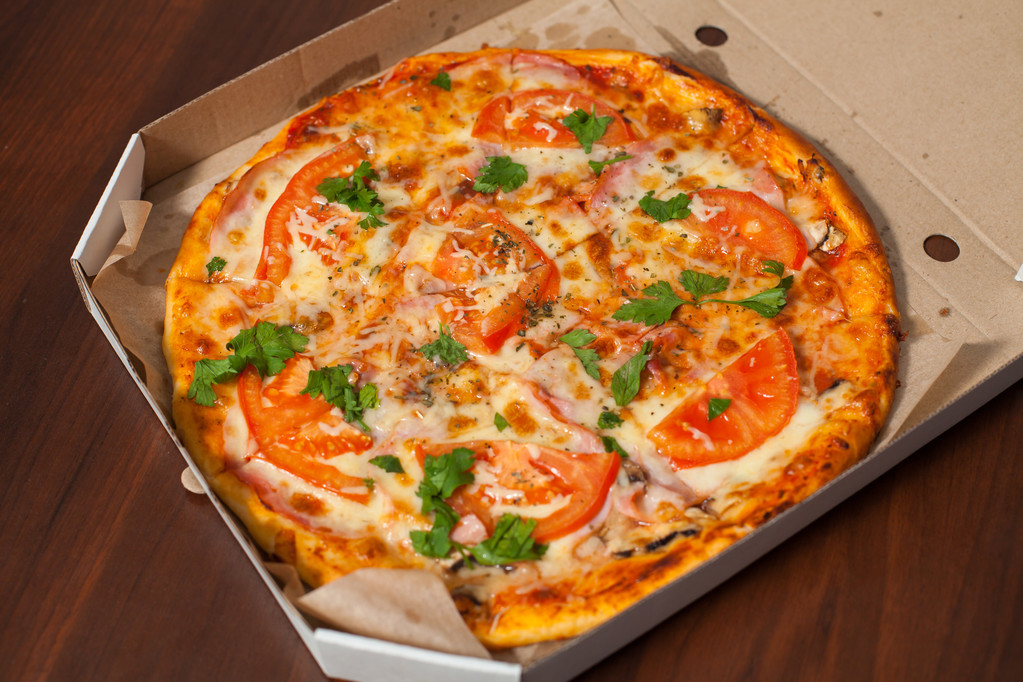
A well-known lunchtime classic. A whole pizza is usually eaten up in just 30 minutes, because the break just doesn’t allow for more time. However, our favorite Italian food should remain the exception, because it contains significantly more sodium than the average adult needs per day. Elevated sodium intake can lead to high blood pressure and cardiovascular disease.
#2 Sandwich
Even the popular sandwich or roll is not necessarily good for our body. A lavishly filled roll with greasy sauces or cold cuts usually covers half of an adult’s nitrite and nitrate requirement. It is better to choose a vegetarian alternative or a simple sandwich – without sauces.
#3 Burgers
The burger is also a popular lunchtime dish. Most of the time, fries and a soft drink are ordered as well. In combination, the calorie value of the meal naturally jumps up quite a bit. However, with this high-fat, calorie- and sodium-rich food, overweight, diabetes and high blood pressure must be expected if consumed more frequently.
#4 Grilled Chicken
Grilled chicken is loaded with fat and sodium. In general, fried meals are often viewed very critically. In very large quantities, they often lead to cardiovascular problems and can even have fatal consequences.
#5 Hot Dogs
The well-known sausage with a roll, roasted onions and sauce almost completely fills the daily requirement of saturated fatty acids for an adult. In addition, there is a sodium intake that should not be underestimated, because a high sodium content can lead to high blood pressure. This also increases the risk of suffering a stroke or developing heart failure. In addition, excessive intake of fatty acids leads to higher cholesterol levels. This increases the risk of a heart attack or stroke even more.
Better: Tips for a healthy lunch
To avoid all side effects and dishes, but still enjoy a healthy and relaxed lunch break, here are a few tips:
60-30-10 principle: 60 percent of the break time is meal time, 30 percent exercise time and 10 percent relaxation time.
Eat in peace and take your time.
Choose lots of fruits and vegetables for your dish.
Avoid toppings on white bread, prefer whole grain rolls.
Consume animal products in moderation.
If possible, avoid fast food altogether.
Do you drink much




